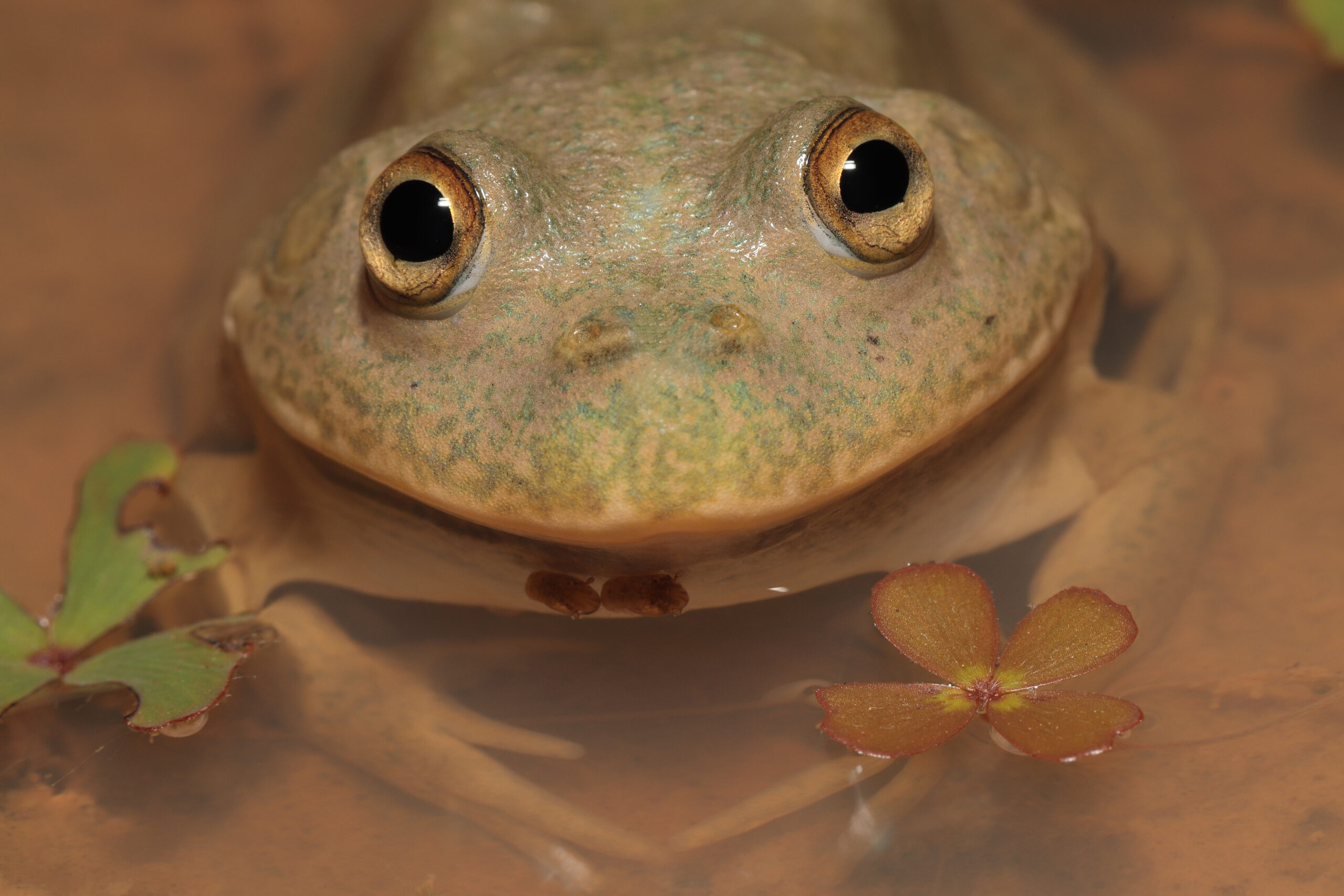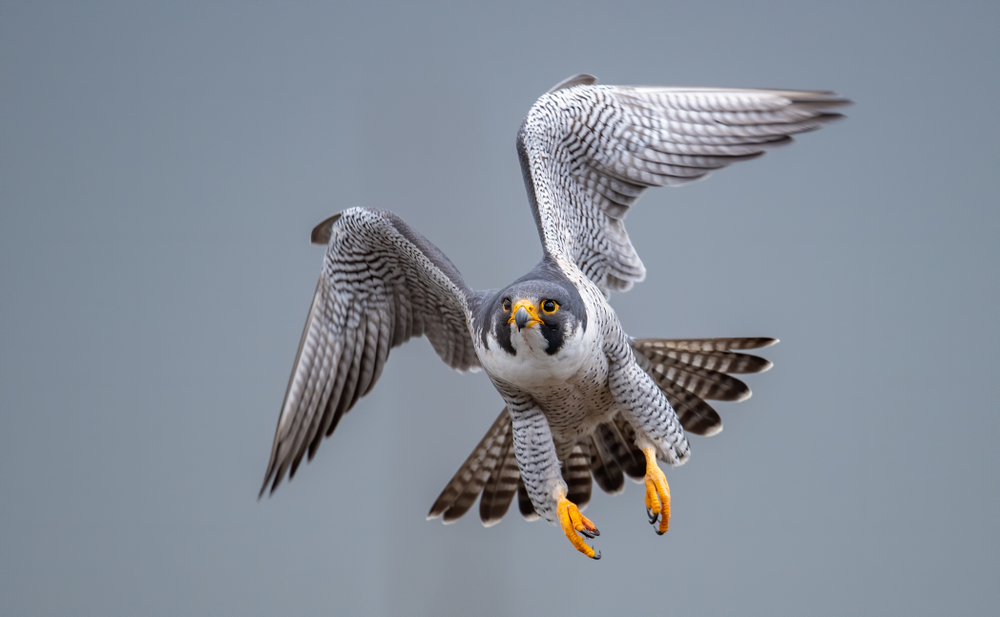| Common name | Australian white ibis |
| Scientific name | Threskiornis molucca |
| Type | Bird |
| Diet | Aquatic invertebrates |
| Average lifespan | Up to 28 years |
| Size | Between 69 cms -76 cms |
Affectionately known as Australia’s bin chicken (or dump chook, tip turkey, sheep bird…) the Australian white ibis is in fact a treasured and familiar feathered friend within the country’s natural landscape.
One of three species of ibis in Australia, alongside the straw-necked ibis and glossy ibis, this inquisitive bird has been sacred to indigenous communities for thousands of years and is an exceptional gauge of wetland health.
Found in eastern, northern, and southwestern Australia, the habitat of the white ibis includes shallow fresh and tidal marshy wetlands, tidal mud flats, swamps, lagoons, open grasslands, and floodplains. The white ibis has adapted to live in Australia’s east-coast urban areas including parks, gardens and even rubbish dumps and are often seen in cities including Sydney, Wollongong, Brisbane, Perth, Gold Coast and Townsville.
This nomadic bird can fly large distances in search of food sources with one white ibis banded in Perth discovered in Papua New Guinea in the 1960s.
With an entirely white body and a black featherless head and neck, the Australian white ibis is famous for its long down curved black beak. The bird uses its long bill to dig for crayfish and mussels, which are among the aquatic and terrestrial invertebrates that make up the white ibis’ diet.
A decline in traditional habitat has seen the white ibis frequent populated urban areas and it is here that the bird has picked up its nickname of bin chicken, after supplementing its daily food intake with scraps from landfill sites, bins, and rubbish dumps. This more predictable food source has seen the population of white ibis grow.
The breeding ritual of these birds is courteous and complicated, with a male securing a branch on a tall tree to attract a mate. A noisy display ensues, with often includes aggression towards other males, but when a female arrives, the male white ibis bows to her from his branch. A twig is then offered and once the female accepts, the bonding process begins, finally cemented when the pair fly off to build a nest together. Two to three eggs are laid in a shallow nest made of sticks, grasses, or reeds, with chicks born without feathers and helpless. White ibis chicks leave the nest at around 48 days of age.
As they take to the sky, the Australian white ibis forms a distinct V-shaped pattern. Flying at low altitude between foraging and roosting sites, the Australian white ibis can reach speeds of up to 30kms per hour.
Incredibly social birds, the white ibis feeds, and roosts individually or in a flock, sometimes with thousands of birds. Urban ibis’s can be cheeky and inquisitive, sometimes stealing the sandwich of unsuspecting picnic goers, right from their hands.








